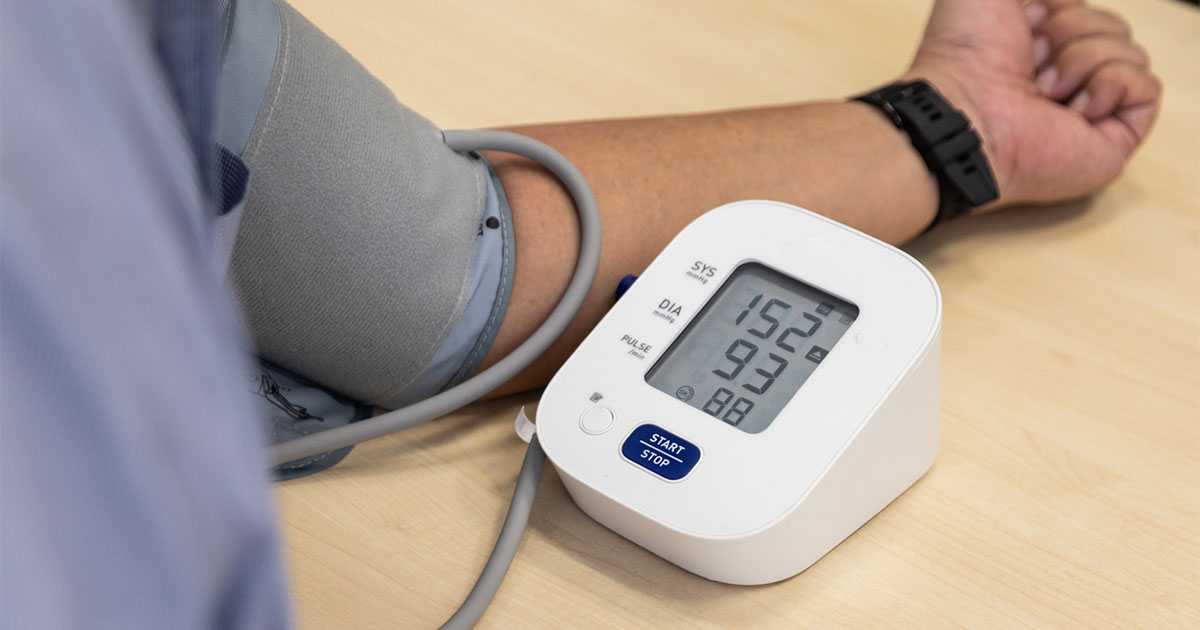BMI is a simple measure of weight that takes into account a person’s height; it is a crude but widely measured index of adiposity. The importance of BMI as a risk factor for a number of diseases is well recognised (Reeves et al, 2007), and associations with cancer risk have been established (Renehan et al, 2008b). However, the relationship is not straightforward, with research to date suggesting different effects on different types of cancer.
A “big data” study to quantify BMI effects on different cancers
Using routinely collected data from UK primary care practices contributing to the Clinical Practice Research Datalink (CPRD), our cohort study brought together the medical records of 5.24 million people, the largest single dataset ever assembled for the purpose, in order to characterise in detail how BMI relates to 22 of the most common types of cancer (Bhaskaran et al, 2014). We found that:
- BMI was associated with the majority of cancer types studied, and for 10 cancers, including some of the most common like colon cancer and postmenopausal breast cancer, higher BMI was clearly associated with higher risk.
- The most affected cancer was uterine cancer, the fourth most common cancer in women: each 5 kg/m2 increase in BMI (around 13 kg, or 2 stones of weight, for a woman of average height) was associated with a 62% increase in risk. There were also particularly large effects on risk of kidney and gallbladder cancers.
- Some other cancers appeared to be unaffected by BMI, or exhibited complex relationships that varied across the BMI range.
- This variety in effects suggests that different mechanisms are at play, affecting different cancers in different ways; pathways via insulin, insulin-like growth factors, sex hormones and cell signalling proteins have all been implicated (Renehan et al, 2008a).
What does it mean for primary care?
There are two notable ways in which these results that may prove useful in a primary care setting. First, whilst it is generally widely known that excess weight increases the risk of cardiovascular disease and diabetes, the association with cancer has received less attention. There is now no doubt that excess weight is a cause of cancer (Campbell, 2014), and this could be an important motivator for weight loss, given that people most commonly cite cancer as their most feared health condition (Cancer Research UK, 2011). Secondly, it is clear that the increased risk associated with excess weight applies to some, but not all cancers. GPs will in many cases be the first medical professionals in a position to identify potential cancers at an early stage. Are there specific cancers they should be looking out for among their overweight patients?
To answer this requires consideration of absolute as well as relative risks. The risk of gall bladder cancer is increased by 34% per 5 kg/m2 increase in BMI, but it is a relatively uncommon malignancy, so even in an obese person the overall risk remains low. Of most concern are the more modest relative risk increases for very common cancers, notably colon and postmenopausal breast cancers (Cancer Research UK, 2014), which translate to substantial increases in absolute risk. Overweight or obese women also carry a markedly raised absolute risk of developing uterus cancer. Improving awareness of these issues can increase the chances of early detection, and therefore ultimately improve outcomes among those developing cancer.





Poster abstract submissions are invited for the 21st National Conference of the PCDO Society, which will be held on 19 and 20 November.
10 Apr 2025